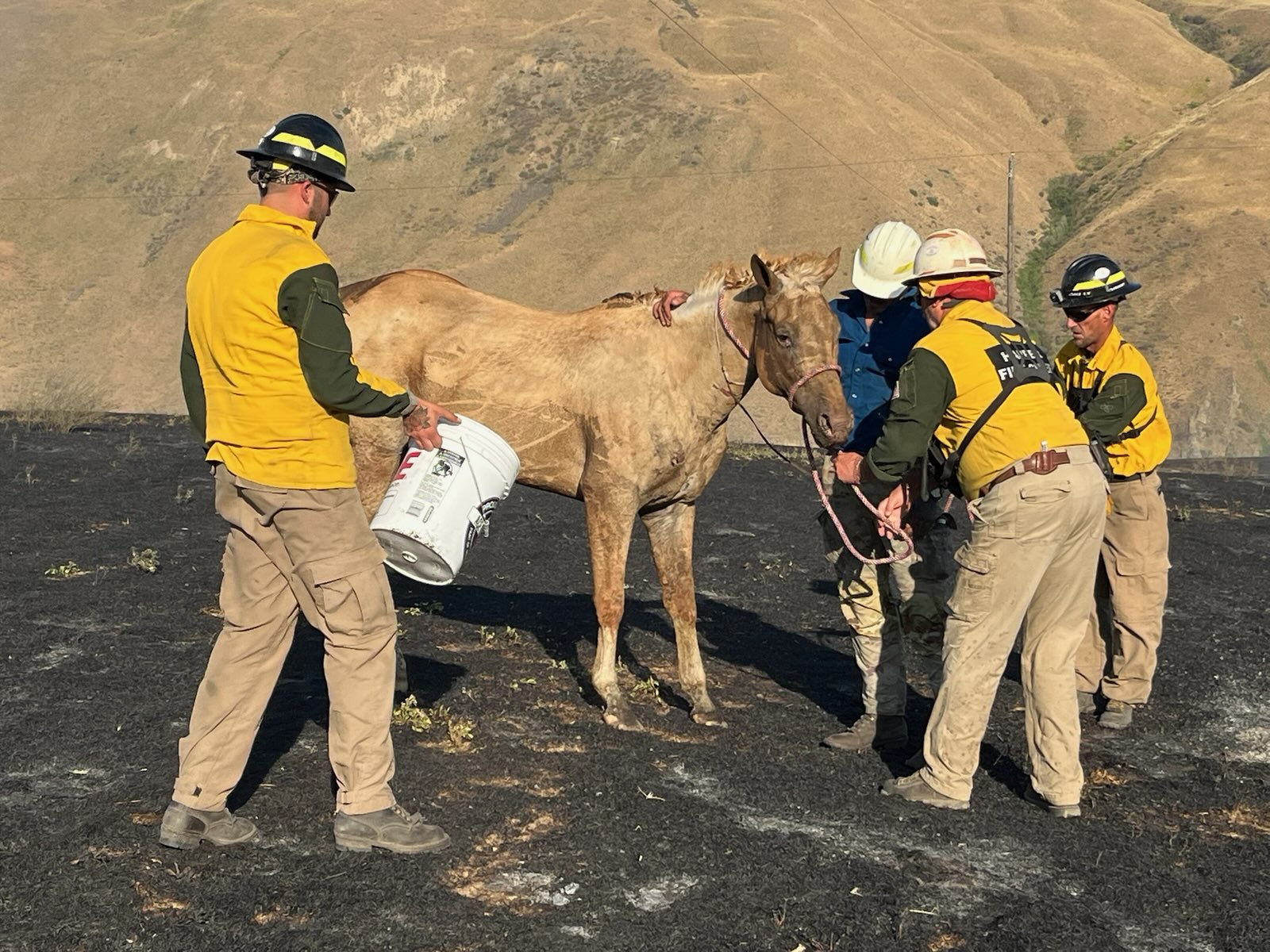COLUMN: A celebration of unnecessary horsepower
Published 3:35 pm Friday, January 15, 2021
I was feeling melancholy the other day until I learned that I could buy a brand new, factory-warrantied pickup truck that makes 702 horsepower and can go from a standstill to 60 mph faster than most Corvettes.
Trending
In 3.7 seconds, to be precise.
This is a level of acceleration that can make you regret choosing a greasy hamburger, with a double dollop of special sauce, for lunch.
In reality I can’t myself buy this particular pickup.
Trending
The sticker price of the 2021 Ram 1500 TRX that Car and Driver magazine tested recently is $89,565.
This is a figure I associate with 30-year mortgages rather than 5-year auto loans.
But customers with financial resources more robust than my own indeed can stroll into a dealership and procure a four-wheel drive pickup that’s powerful enough to temporarily alter the Earth’s rotation if you tap its full complement of torque.
It’s a vehicle capable of sending seismometer needles squiggling when it launches all four wheels airborne and slams its curb weight of 6,866 pounds onto the planet’s crust, the sort of collision usually associated with meteor strikes.
The truck’s mass, by the way, is about twice that of a Toyota Camry, Honda Accord or any number of other conventional vehicles that the Ram could likely drive over with only the slightest quiver from its coil springs.
Conventional vehicles, which are thick on the land these days (and especially in the left lane on the freeway, where they are piloted by people who treat the speed limit as the 11th Commandment), are the preferred conveyances of responsible people.
They are the products of skilled engineers who have honed a technology that, though it’s nearly a century and a half old, continues to advance in perceptible ways.
Modern passenger cars have never been safer. They incorporate more computing power than an Apollo capsule, a passel of sensors that can rescue a hamfisted (or hamfooted) driver from all sorts of predicaments that even a couple decades ago would have ended with the summoning of an ambulance and a wrecker. And if the driver manages to outleap even this broad safety net, the car’s complement of air bags, upon the inevitable encounter with a solid object, will cushion vulnerable sections of his anatomy.
Today’s cars also reflect society’s concerns about the environment. Most are fitted with diminutive engines with four cute little pistons that require relatively little gasoline to propel them. Some swap the engine for an electric motor and eschew fossil fuels altogether (except, of course, for all the gas and diesel and coal and natural gas consumed to produce the steel and aluminum and plastic parts, and in many places, to generate the electricity that fills the car’s batteries. But let’s not quibble about the physics of propulsion.)
The Ram 1500 TRX is the antithesis to these sterile, anonymous transportation pods.
The Ram is as responsible as a teenage boy whose parents are gone for the weekend, as ecologically sensitive as a bulldozer.
The Ram’s engine has eight full-size cylinders and it burns gasoline to keep the pistons whirring in these gaping tunnels.
A lot of gasoline.
Its tank holds 33 gallons — an Accord gets by with 14.8 — but even that prodigious volume won’t get you all that far.
Car and Driver averaged 9 miles per gallon during a 570-mile trip that included time plowing through — and launching from — sand dunes. In the dunes the Ram’s fuel economy wasn’t very, well, economic, at 4 mpg.
Thank God for fracking.
In an era when our lives are so often circumscribed, when previously innocent pleasures, such as mashing the accelerator pedal just to hear a pushrod V-8 bellow through fist-wide exhaust pipes, are seen by many as veritable crimes against nature, I take great solace in the existence of the Ram 1500 TRX.
It’s a tire-melting, supercharged testament to freedom, a dismissive wave of the hand (or possibly another gesture) to the killjoys who disdain the internal combustion engine as obsolete and offensive.
(Actually it’s not terribly easy to melt the Ram’s 35-inch-tall tires, as the truck is all-time four-wheel drive and thus has so much traction that even its prodigious torque struggles to spin all four tires simultaneously while the truck is stationary. It’s the one feature the Car and Driver staff, which continues to celebrate the smoky rear-wheel drive burnout, lamented.)
The Ram, as uncouth as it might seem, a Neanderthal among the fleet of svelte, largely silent machines that dominate the automotive landscape, presents no threat to the current conformity.
Although Chrysler announced this summer that it won’t limit production of the 1500 TRX, as often is the case with niche vehicles, this truck will never consume any but the tiniest slice of the huge pie that represents pickup truck sales.
The price alone ensures this.
And in any case most buyers, no matter the monthly payment, are far more concerned with Bluetooth connectivity than with how many inches of suspension travel their truck has.
But even though I’ll almost certainly never own such a truck, I’m glad it exists.
I’m no Luddite, mind you.
I appreciate the efficiency of modern cars, and I endorse the goal of cutting carbon emissions as we go about our lives, and travels.
But I also revel in America’s unique relationship with the automobile, and in particular our affinity for the freedoms it affords the individual.
Any car can get us to the grocery store or the vacation spot, of course.
Rigs like the Ram 1500 TRX can handle those banal tasks, too. But they can also claw through swamps and bash their way across boulder fields and generally dominate obstacles that lesser vehicles couldn’t get close enough to so as to activate their lane-departure warning buzzer.
Most of us neither need this sort of capability nor, likely, do we even want it.
But what we need has never defined America’s feelings about motor vehicles.
I hope it never does.
Jayson Jacoby is editor of the Baker City Herald.









